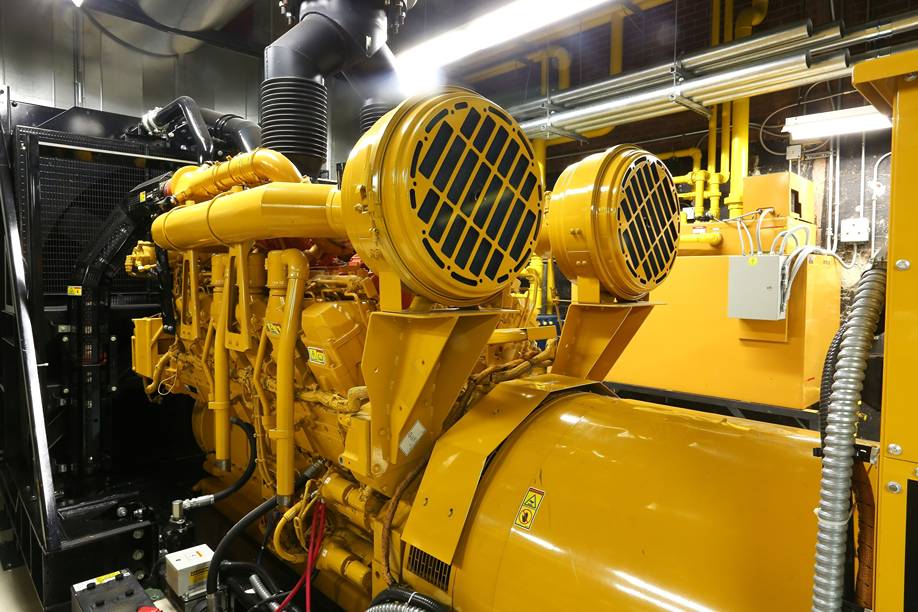When sizing water supply piping according to the International Plumbing Code (IPC), several factors need to be considered, including the fixture unit count, pipe material, and pipe length. Here’s a general guideline for sizing water supply piping:
- Determine Fixture Unit Count: Determine the total fixture unit count for each plumbing fixture connected to the water supply system. Fixture units (FU) represent the water demand of various fixtures. The IPC provides a table with fixture unit values for different fixtures and their usage patterns.
- Calculate Total Demand: Add up the fixture unit counts for all the fixtures in the system to determine the total demand in fixture units (DFU). This represents the maximum water demand for the system.
- Determine Equivalent Fixture Units (EFU): Convert the fixture unit count (DFU) into equivalent fixture units (EFU) based on the fixture type and usage pattern. The IPC provides conversion factors for different types of fixtures.
- Select the Pipe Material: Choose the appropriate pipe material based on factors such as system pressure, water quality, and local plumbing codes. Common pipe materials include copper, CPVC (chlorinated polyvinyl chloride), PEX (cross-linked polyethylene), and galvanized steel.
- Calculate Pipe Diameter: Use the EFU value and the IPC pipe sizing charts to determine the minimum pipe diameter required for the water supply system. These charts provide pipe size recommendations based on the expected water flow rate and the type of pipe material.
- Consider Pipe Length and Pressure Loss: Take into account the length of the pipe run and the pressure loss that might occur along the way. Longer pipe runs and higher flow rates may require larger pipe diameters to maintain an adequate pressure at the fixtures.
- Account for Pipe Sizing Adjustments: Consider any adjustments or corrections required for specific situations, such as changes in elevation, special fittings, or additional factors mentioned in local plumbing codes.
It’s important to note that the IPC provides specific tables and guidelines for sizing water supply piping, and these can vary based on local amendments or specific jurisdictional requirements. Therefore, it is always recommended to consult the local plumbing codes and authorities to ensure compliance with the applicable regulations.









